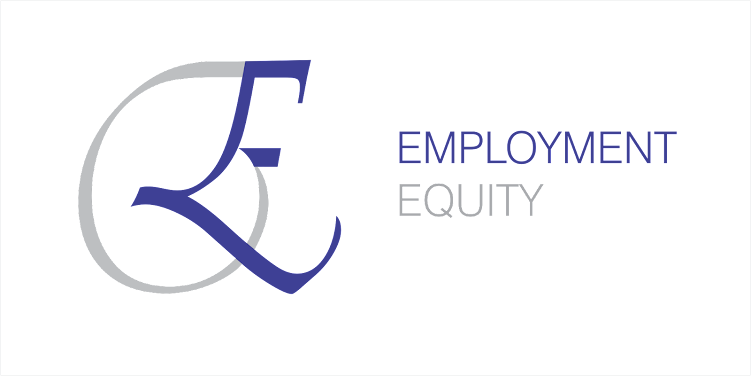Employment equity status refers to an organisation's progress towards achieving the goals set out in its Employment Equity Plan. This status is typically assessed through a review of the organisation's workforce profile, policies, and practices and the outcomes of its employment equity initiatives.
For instance, let's consider a hypothetical South African company, 'ACME'. As a designated employer under the Employment Equity Act, ACME would be required to develop an Employment Equity Plan outlining specific goals and strategies for promoting employment equity within the company.
ACME's employment equity status would be determined by assessing the company's progress towards these goals. This could involve reviewing the composition of the company's workforce, the effectiveness of its employment equity initiatives, and the extent to which it has succeeded in promoting diversity and eliminating unfair discrimination.
The company's employment equity status would be reported to the Department of Labour through an annual Employment Equity report. This report would provide a snapshot of the company's employment equity status, helping to ensure accountability and drive further progress towards employment equity.
